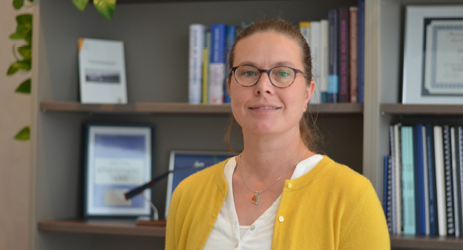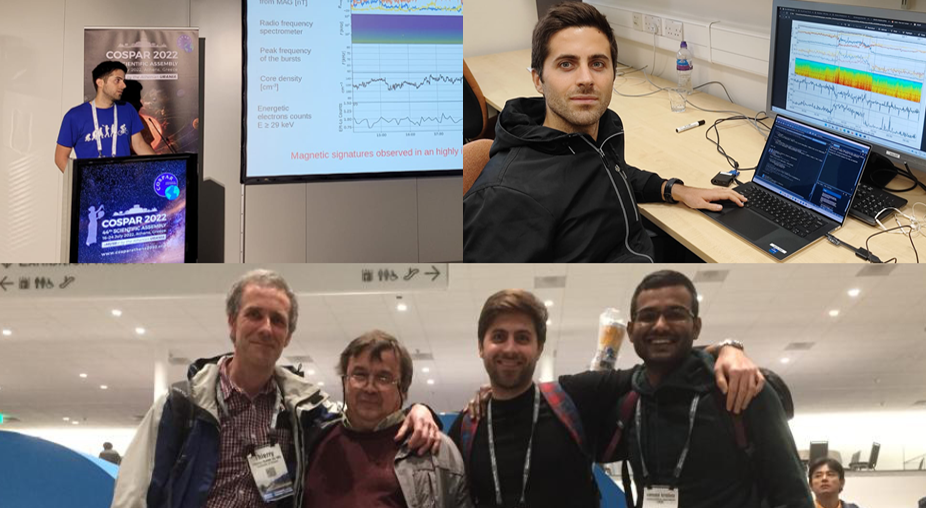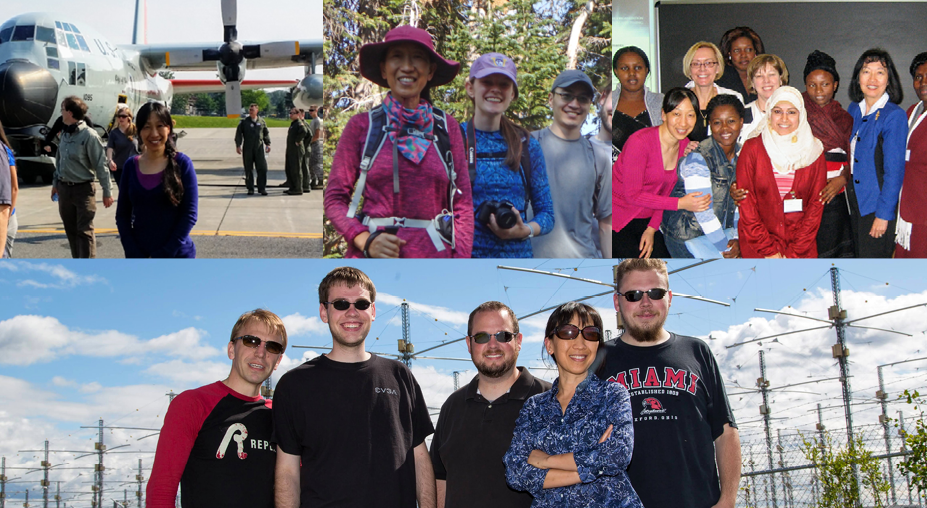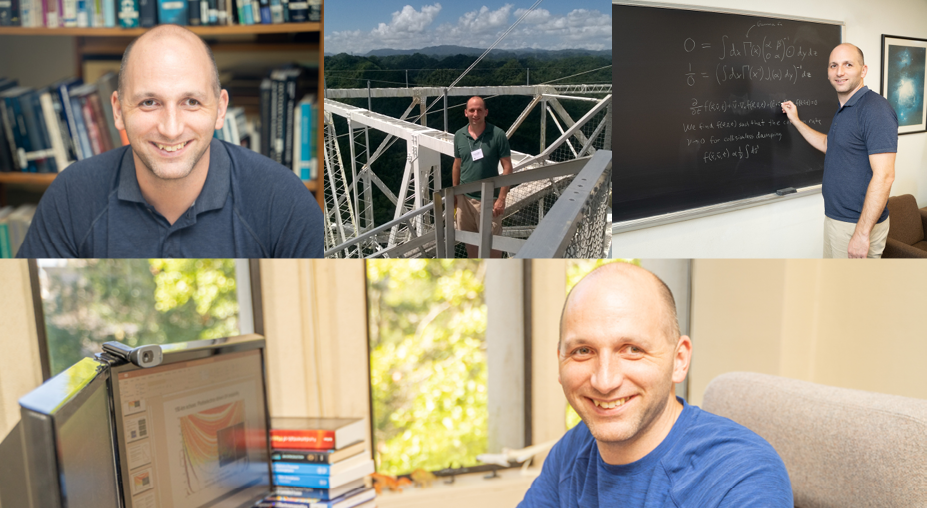Space Physics and Aeronomy Awardees
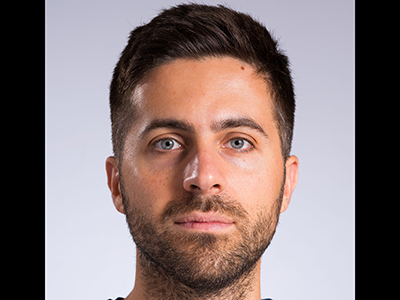
Citation
Excellent theses involve hard work on cutting-edge scientific topics that lead to groundbreaking results. Some Ph.D. students are also deeply motivated by communicating science, or establishing collaborations that lead to lasting friendships. Still others enjoy discussing science, and many other topics. With Andrea Larosa, we benefited from all of these at once.
Andrea first visited our team at the University of Orléans to do his master’s thesis. It was a challenge for him to live far away from Calabria (in southern Italy), but he survived. The collaboration went so well that a year later he started his Ph.D. with us and successfully defended it in December 2021. His arrival coincided with the delivery of the first and stunning data from the Parker Solar Probe mission. Andrea began working on large magnetic structures in the pristine solar wind, called switchbacks, which were receiving considerable attention. By analyzing the wave activity at the edge of these puzzling structures, he was able to provide new constraints on their generation mechanisms. His attention then turned to high-frequency plasma waves. One of the outstanding questions there concerns the magnitude of the magnetic component of the extraordinary Langmuir/slow wave in inhomogeneous plasmas. Many attempts had already been made to observe that magnetic component, including by Fred Scarf himself, but they had not succeeded. Andrea provided the first clear evidence of this component. He then wrote and ran a simulation code describing wave propagation in an inhomogeneous plasma and revealed the key role played by density fluctuations in allowing this component to be observed.
Andrea now continues to work on the solar wind at Queen Mary University of London. One of the most rewarding experiences for a Ph.D. supervisor is to see the Ph.D. student gradually become a researcher, acquiring new skills and ideas that he or she can in turn share with others. This is precisely what has happened with us. It has been a real pleasure and privilege to work with you, Andrea. Buona strada, continua così!
—Thierry Dudok de Wit, LPC2E, CNRS/University of Orléans/CNES, Orléans, France, and International Space Science Institute, Bern; and Vladimir Krasnoselskikh, LPC2E, CNRS/University of Orléans/CNES, Orléans, France
Response
Science is able to make you travel in many different ways. In my case, it took me from a remote village in southern Italy to the Fred L. Scarf Award, and I hope this is just the beginning of the journey.
But science is made of and by people. Everything I have achieved was made possible by the amazing ones I met along the way.
First, I want to thank my parents, Nicodemo and Maria, for the great example they have always been; they taught me the way of hard work to reach goals in life.
I have a huge debt toward the physics professors at University of Calabria; they taught me well, and a lot. In particular, I have a debt toward Fabio Lepreti, who put me in contact with my Ph.D. advisers, Thierry Dudok de Wit and Vladimir Krasnoselskikh, through the Erasmus Programme.
My greatest thanks go to them for the way they welcomed me in a very stimulating environment (at the LPC2E laboratory in Orléans, France) and pushed me to improve my knowledge and skills. I see this award also as the proof of their great mentorship.
My good fortune in finding great mentors recently brought me to work with Christopher Chen at Queen Mary University of London. I’m really glad to be working with such an inspirational figure. Interacting with him and receiving the Fred L. Scarf Award are sources of strong motivation.
Finally, I want to thank all the people who made the Parker Solar Probe mission possible. They are giving a great opportunity to many young scientists, and they made this achievement possible for me.
—Andrea Larosa, CNRS-LPC2E-Orléans, Orléans, France; and Queen Mary University of London
Field Photos
Carrington Education and
Public Outreach Award
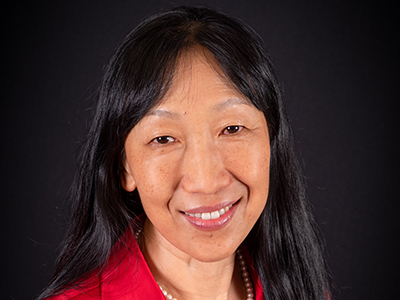
Citation
Jade Morton is an international leader in both experimental and observational ionospheric physics and has made a lasting impact on the Space Physics and Aeronomy (SPA) community. Morton is an effective and excellent communicator and a strong advocate for Global Navigation Satellite Systems (GNSS) scientific applications in ionosphere and space weather monitoring, characterization, and mitigation. Jade also has been playing a vital role in the expansion of space science education and research in developing countries. Despite her busy schedule, she has traveled to many countries (in Africa, Asia, South America, and Europe) numerous times and delivered over 50 lectures at different international workshops and summer schools, including the United Nations–sponsored international outreach and capacity-building efforts for developing nations. Jade not only delivered lectures and tutorials at these workshops and summer schools but also had inspirational (especially for the young female students and scientists) one-on-one interaction with young scientists from developing nations. She continued to mentor some of these students/postdocs by hosting them (many from developing nations) at her laboratory, exposing them not only to data analysis techniques but also to hands-on training on software and hardware developments. Some of these young students/postdocs that she mentored have become leaders of our field in developing nations. She is also a highly collaborative researcher who effectively mentors students and postdocs. She has provided expert mentoring through the graduation of approximately 30 Ph.D. and M.Sc. students, advised and hosted 20 postdocs and visiting scholars, and supervised countless undergraduate students. She assembled and led dozens of teams of undergraduate students to take part in and win top prizes for different national and international science and engineering computations. In addition to being an eminent scientist with more than 300 scientific articles, Morton takes pride in her education and outreach and capacity-building efforts. In general, her active role in the international space weather community with special devotion to developing countries, along with her strong commitment to students and postdocs from developing nations, has had significant impacts in our field. Morton has been recognized as a leader in many national and international programs, which include the 2020 Institute of Navigation’s (ION) Johannes Kepler Award (the highest honor in the field of satellite navigation), the 2020 IEEE PLANS’s Richard Kershner Award (the only female awardee since its inception), the 2021 AGU Hydrology Section Remote Sensing Technical Committee Prize, the 2021 ION Distinguished Service Award, the 2015 GPS World Magazine GPS Leadership Service Award, and many other notable awards. For all of her efforts, Jade Morton is a most deserving recipient of the 2022 SPARC Education and Public Outreach Award.
—Endawoke Yizengaw, The Aerospace Corporation, El Segundo, Calif.
Response
I am deeply humbled to be selected for the 2022 SPARC Education and Public Outreach Award. It has been a great honor and privilege to be a member of the Space Physics and Aeronomy community. I want to dedicate this award to a special mentor and role model, the late Patricia Doherty, who was the 2018 SPARC Award winner. Pat was an inspirational researcher, leader, and educator in space weather phenomena and their impact on technology and society. She was a champion in promoting space science and education in developing countries and selflessly gave her time to initiate and organize outreach events. Her actions positively affected countless young people, especially young women in the field of space science and Global Navigation Satellite Systems (GNSS) engineering. Recently (10–12 October 2022), I was in Trieste, Italy, giving tutorials on using GNSS measurements to monitor the ionosphere as part of the African Capacity Building Workshop. This workshop was Pat’s brainchild, which she initiated and worked tirelessly for over the past 13 years to raise the funds, to develop the programs, to find and coordinate instructors, and to arrange for facilities that are conducive to learning for attendees. Hundreds of graduate students and faculty from African countries and other developing countries have benefited from this workshop, and many of them have become leaders in the field and mentors and teachers themselves. I have personally witnessed the positive, cascading effects of Pat’s actions on the global awareness of space weather effects. Pat has passed the torch to us, and now it is our duty to continue her legacy to commit to providing opportunities and access in science to all.
—Jade Morton, University of Colorado Boulder
Field Photos
Excellence in Sun-Earth Systems Science
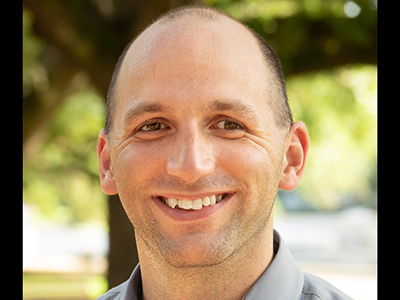
Citation
Dr. William Longley’s works represent perhaps the most novel and impactful developments in low- and middle-latitude aeronomy and space physics in many years. Since completing his Ph.D. less than 3 years ago, William has applied a combination of analytical theory and numerical simulations to solving problems in ionospheric and magnetospheric physics. Most notably he used sophisticated kinetic plasma theory to demonstrate that photoelectron-driven upper hybrid plasma waves in the ionosphere explain many features of heretofore poorly understood ionospheric measurements. Specifically, his model explained the predominant features of daily ionospheric measurements called 150-kilometer radar echoes, observed since 1963 but explained only recently. His research also gave ionospheric radar scientists an understanding of the origin of enigmatic striations seen in plasma lines by the Arecibo observatory. As one of his nominators commented, his quantification of collisional incoherent radar scattering (ISR) theory perpendicular to the geomagnetic field is one the most startling findings in ISR theory in a generation. That all these novel contributions can be attributed to a single, early-career scientist is remarkable and explains William’s nomination and success in winning the Basu U.S. Early Career Award. William has demonstrated that he possesses tremendously deep physical insight into space plasma physics and couples this with a high degree of proficiency with computational methods. Last, he is also an effective communicator and a generous and congenial colleague, and these contribute to his outsized impact.
—Meers Oppenheim, Center for Space Physics, Boston University, Boston, Mass.
Response
It is an honor to receive the Basu U.S. Early Career Award in recognition of my research in space physics. I am grateful to my nominators for this award, in particular Meers Oppenheim, who has supported my career and development as a scientist and has also been a wonderful friend.
A common adage in physics is that quantum mechanics and particle physics took off when physicists stopped asking “how” and instead took the approach of “shut up and calculate.” This mentality permeates all branches of physics, including space and plasma physics, where we are interested in providing direct benefits to society. It is also an approach I have long been at odds with, as my research efforts have specifically focused on understanding the how. Understanding the how and providing detailed physical explanations is a hard task, and one full of uncertainty and self-doubt. That is what makes receiving the Basu Early Career Award so special to me—to be recognized for not only the research I have produced but also the method in which I have done so.
I owe a large debt to the incoherent scatter radar community, who are primarily responsible for my nomination and career success. Phil Erickson, Koki Chau, Dave Hysell, Roger Varney, Marco Milla, Josh Semeter, Eliana Nossa, and many others have created a healthy, supportive, and friendly community for new researchers to join and thrive in. I am truly grateful to have found this field of study and the wonderful community around it.
As a postdoc I have also entered the research area of radiation belt physics. My postdoc mentor, Anthony Chan, has been invaluable in teaching me this new area of physics and helping me grow into a better physicist with the tools to handle problems in all areas of space physics. Scot Elkington and Allison Jaynes have also provided a wealth of knowledge, experience, and guidance in this field.
In physics and science, we are motivated every day to solve some problem or another that provides use to society. In the bigger picture, the biggest part of who we are, who any scientist is, is not the problems we work on, but the people we surround ourselves with. The friendships I’ve made throughout my career are the reason I enjoy doing physics, and I’m thankful to those I’ve named above, and to the many other friends I’ve made throughout my career.
—William Longley, Department of Physics and Astronomy, Rice University, Houston, Texas
Field Photos
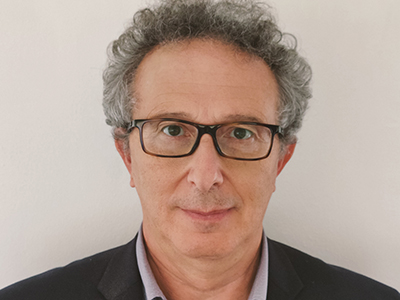
Field Photos
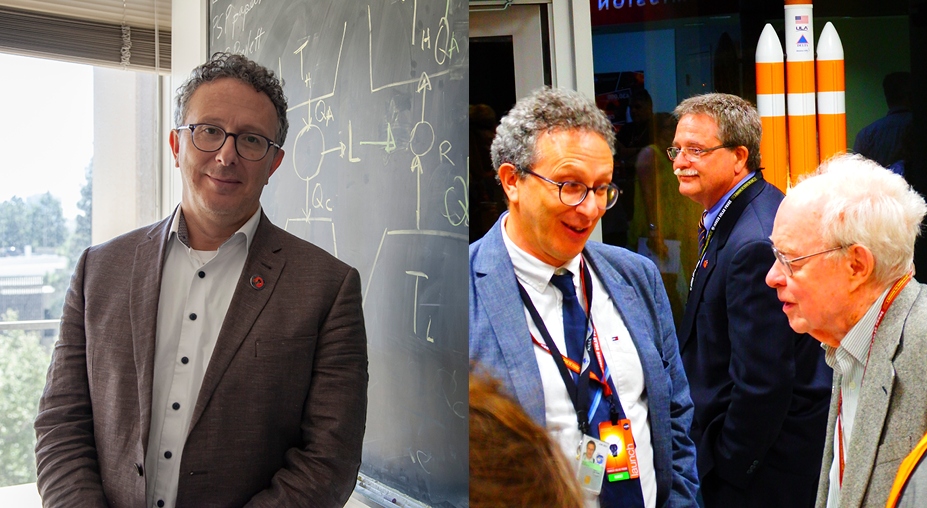
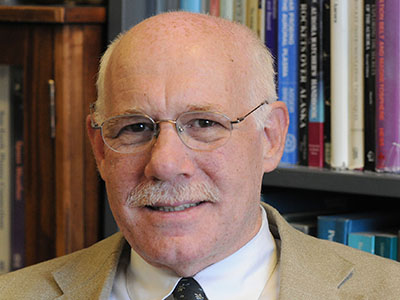
Field Photos
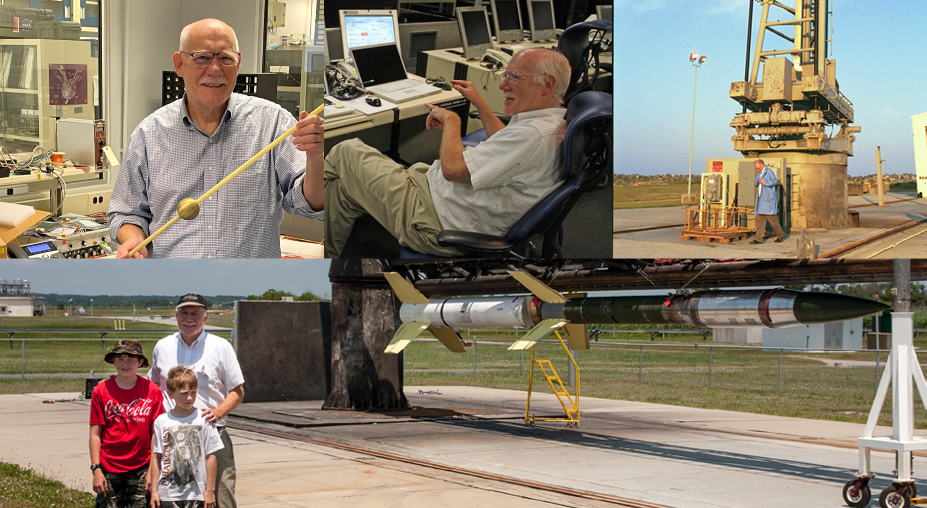
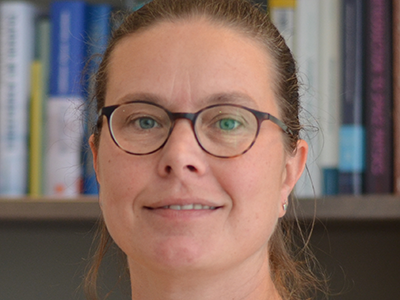
Field Photos
